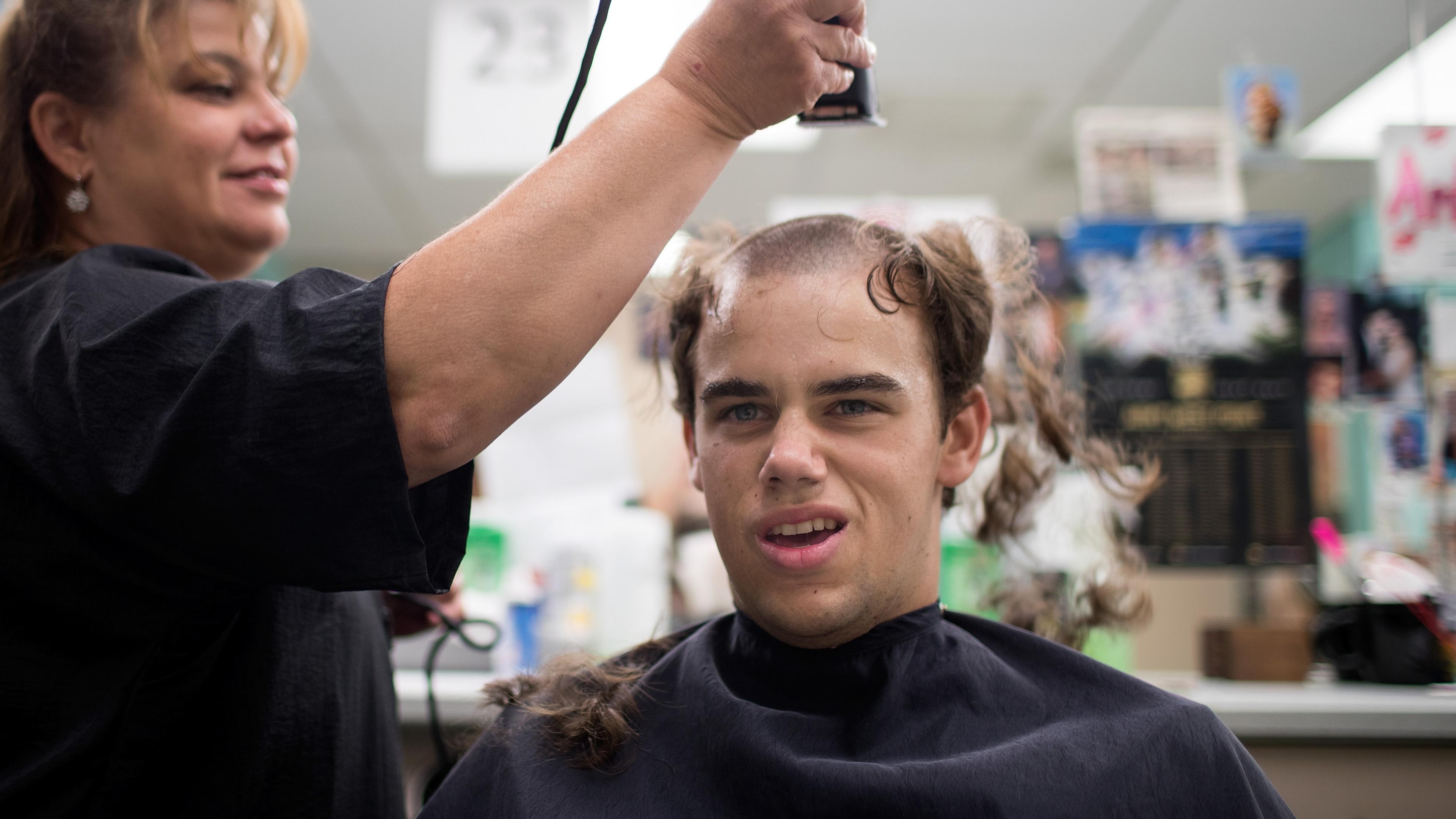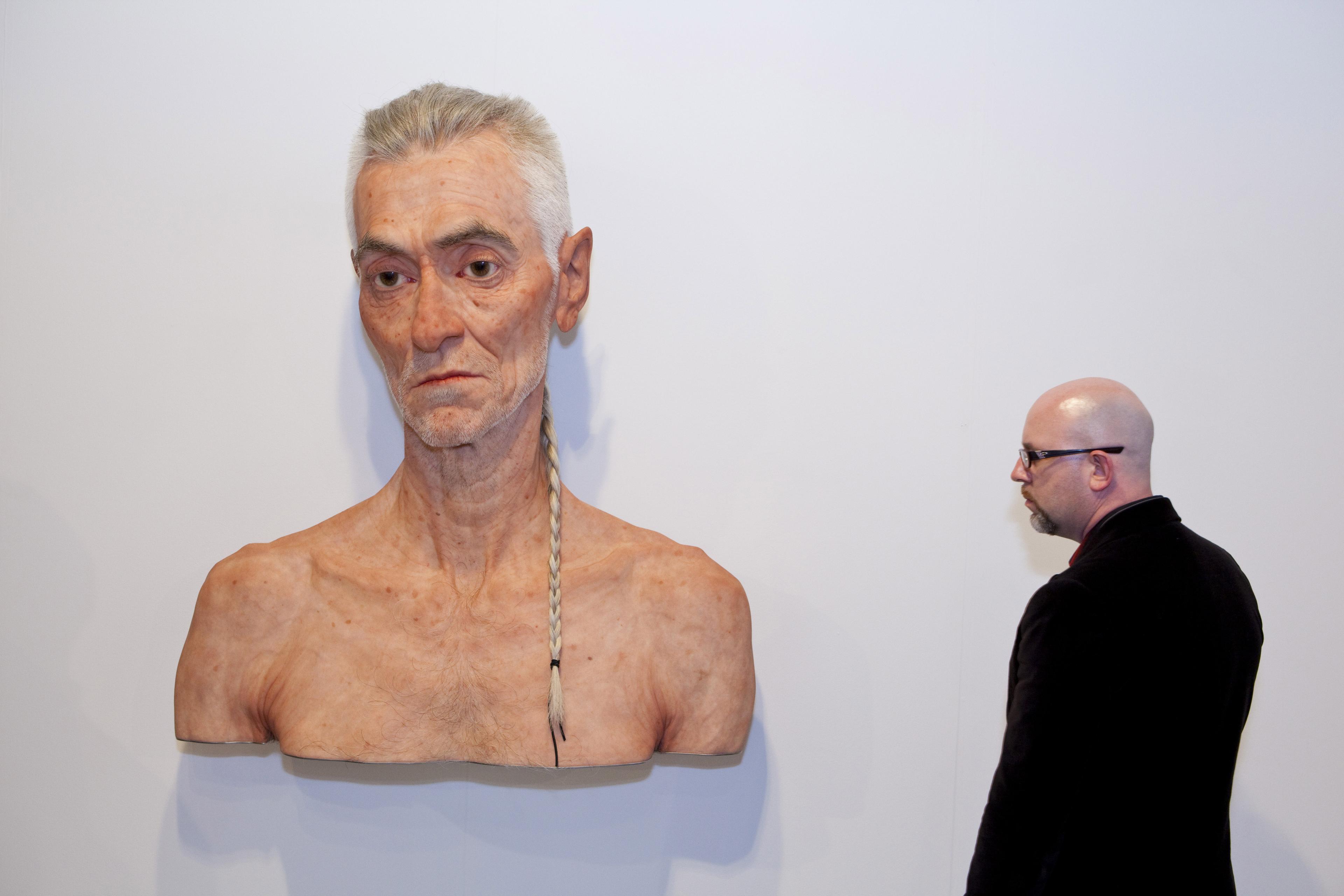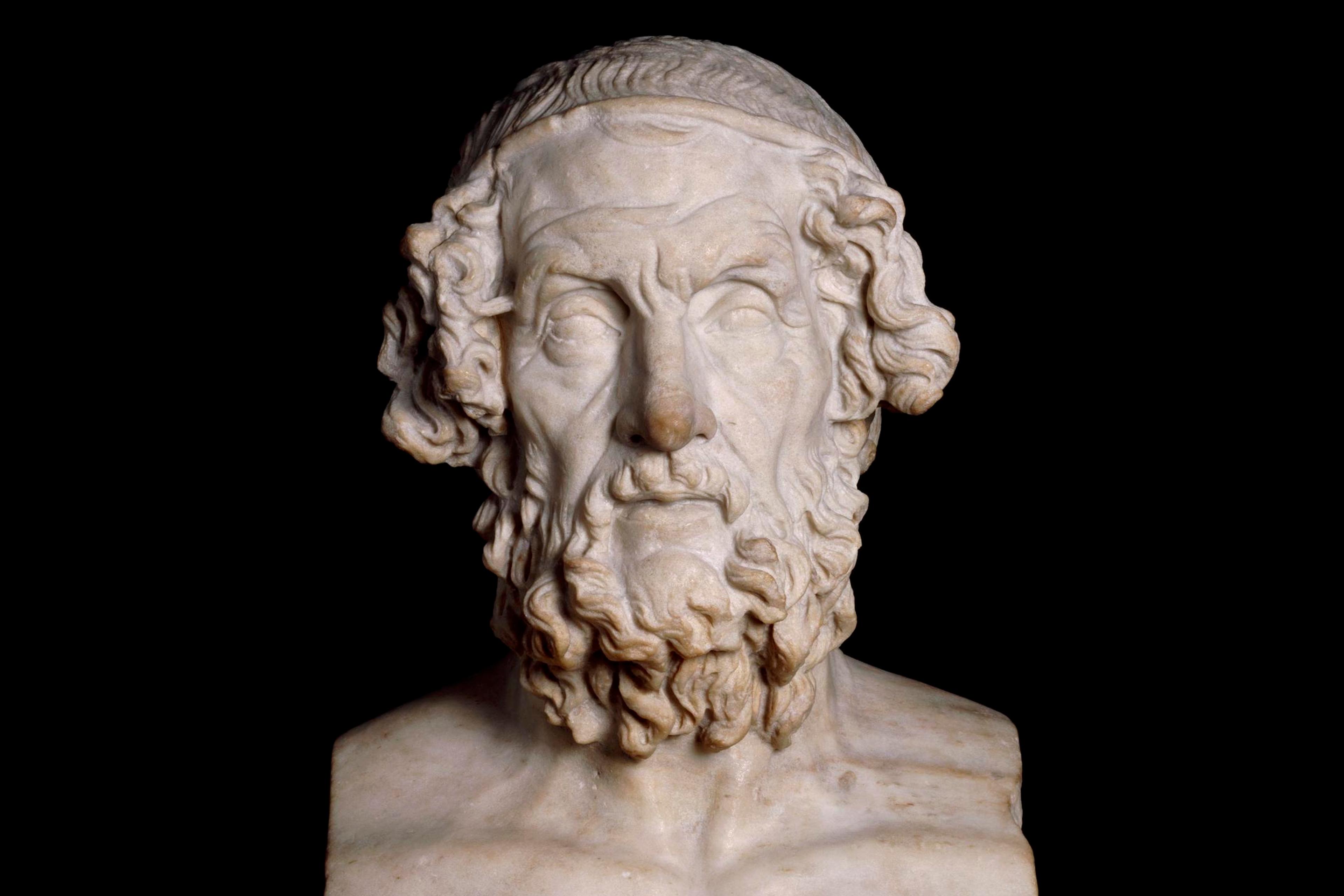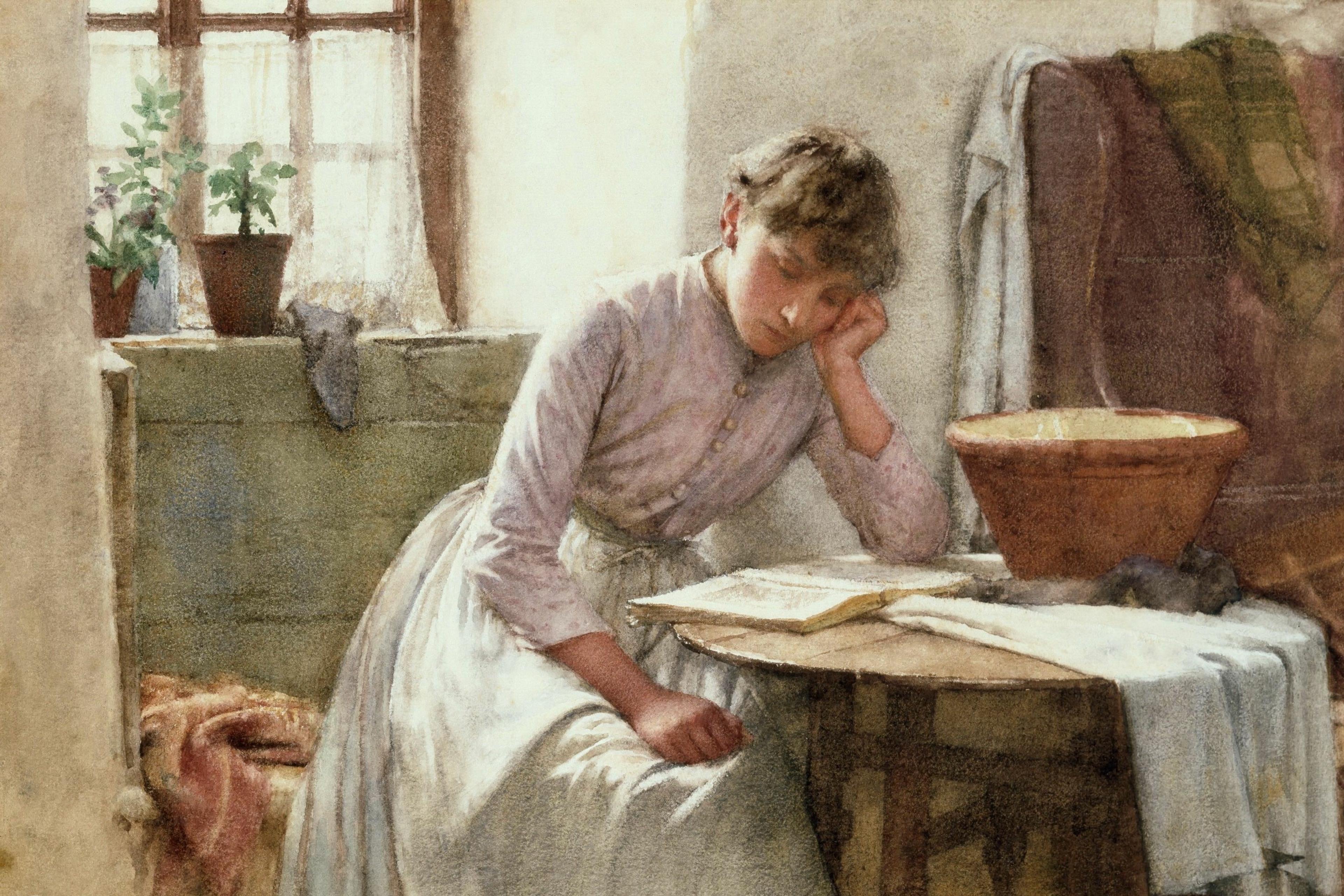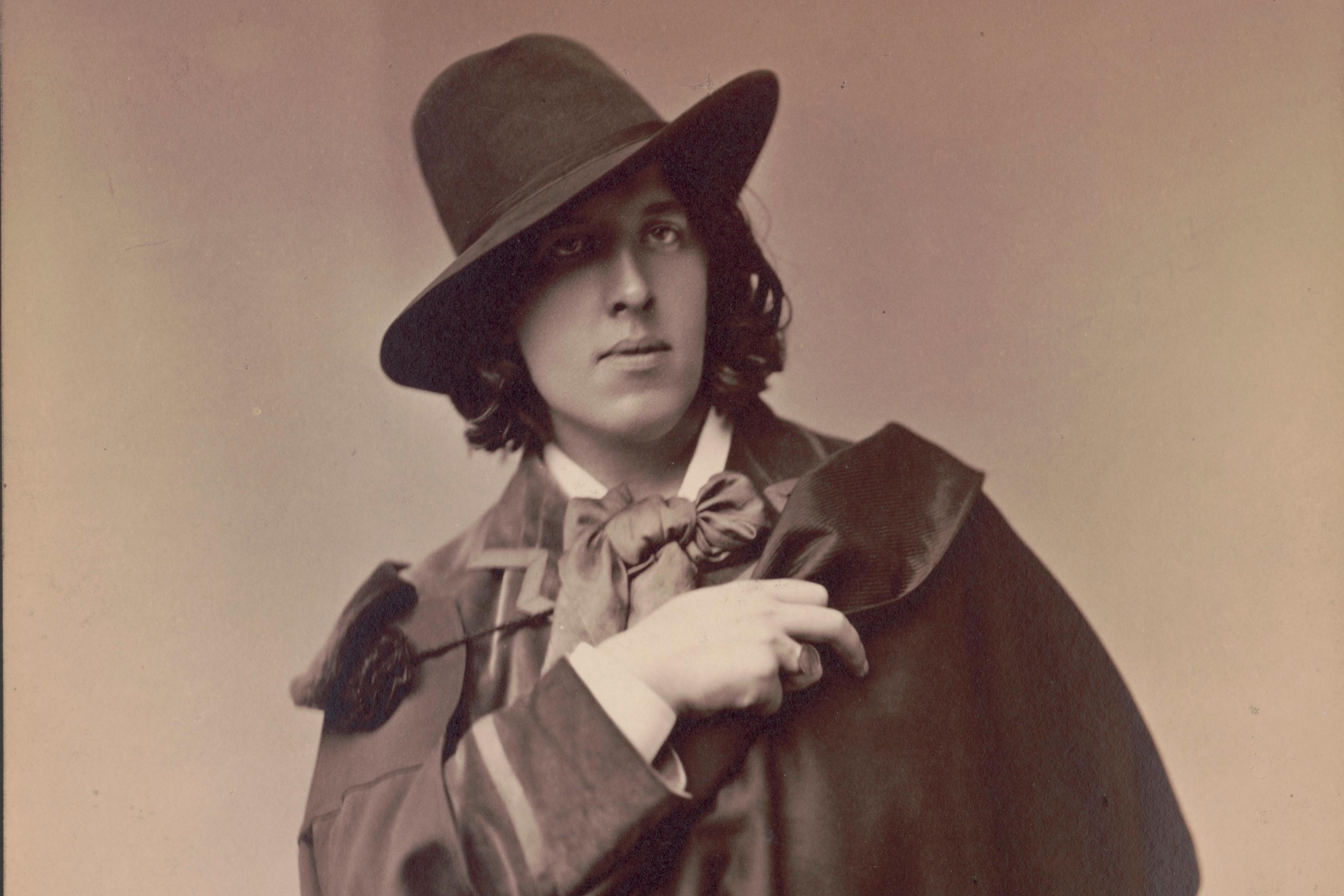As a conspicuous feature of the human body, hair – or its absence – is also a major element of social perception and identity. Yet the symbolic meaning of hair is far from fixed. Historically, the ways in which this bodily component has been regarded have been astonishingly varied, fluctuant and often contradictory. This is evident in even a brief sampling of the rich lore built by our multifaceted views on hair.
For some time, a goodly head of masculine hair was considered the appanage of the warrior spirit. Among the ancients, servants and slaves reportedly had their hair cut very short, in contrast to patricians and free men, who wore it long. By the same token, Germanic kings wore their hair long, but they shaved the heads of the princes they vanquished. One historical account says that, when the son of the Merovingian king Chilperic I (c539-584) was killed, his body was recognised thanks to his long hair.
Herodotus tells a story that attests to the relationship between hair length and military prowess. During the Persian invasion of Greece in 480 BCE, King Leonidas and his few thousand warriors, including 300 Spartans, were preparing to fight the hundreds of thousands of Persians at the pass of Thermopylae. The Persian commander, who had heard of a small Greek force, sent a spy to find out what they were doing. The spy returned with a surprising report: some of the Spartan soldiers were combing their hair. But the Persians found out that concern for style does not exclude grit, daring and ferocity; the vastly outnumbered Greeks were said to have held the pass for two whole days.
An observation by the Greek orator Dio Chrysostom (c40-120 CE), in his brief Encomium on Hair, echoes this association between well-kept hair and formidableness. He refers to ‘hair-lovers’ who take extreme precautions when sleeping on the ground – using a piece of wood to keep their head clear of the earth – perhaps, he suggests, because ‘hair makes them both beautiful and at the same time terrifying’. Certainly, a man who appears dishevelled, as if still drowsy after a night’s sleep, is not as fearful a foe as one who looks spruce, trim and ready for battle.
A different form of hairiness makes an appearance in the legend of the ancient warrior Aristomenes, who fought against the Spartan oppressors of his homeland. Made a prisoner repeatedly, he escaped his captors each time, demonstrating incredible daring and endurance. When he was finally slain by the Spartans, they opened his cadaver and, marvellous to recount, found that his heart was full of hair. This was not an isolated case in Greek lore. Plutarch told the same of the hero Leonidas; Caelius Rhodiginus, the 15th-century Venetian writer, said the same of the noted Greek rhetorician Hermogenes of Tarsus.
Later, when autopsy studies were performed in Renaissance Italy, pioneer pathologists spotted an occasional shaggy heart and, for a time, the presumption that cardiac hirsutism correlated with exceptional bravery in life persisted. However, modern heirs to the likes of Giovanni Battista Morgagni (1682-1771), Antonio Vallisnieri (1661-1730) and other founders of the science of anatomical pathology did not inherit such a belief in an anatomical basis of moral virtues. To them, a ‘shaggy heart’ is simply the appearance seen in cases of fibrinous pericarditis. Fibrin is a protein formed during blood clotting. It presents thread-like fibres that, when deposited abundantly during inflammation, can impart a ‘hairy’ appearance to the surface of the heart (including, mind you, the hearts of cowards).
These days, no one believes that the heart bears marks of a mettlesome spirit. And, as for the warrior’s mane: male army recruits today know that initiation into military life implies shaving the head. A luxuriant head of hair is considered by some to be proof of effeminacy, something opposite to military culture. Efficiency trumps stylishness: ours is a prosaic age.
Traditionally, hair has also been thought of as an ornament, a thing of beauty, an adjunct for seduction – especially in women. Countless odes have sung the silkiness, the golden sheen or the pitch-black, splendiferous charm of the beloved’s hair. Take away the hair of the most outstandingly beautiful woman, and ‘were she Venus herself … she would not be able to seduce even her own husband,’ the Numidian writer Apuleius wrote in his 2nd-century novel Metamorphoses. ‘The hairs are Cupid’s nets, to catch all comers,’ reads a line in the English writer Robert Burton’s The Anatomy of Melancholy (1621). So powerful are the arcane forces believed to reside in women’s hair that an old Scottish superstition reputedly warned that women should refrain from combing their hair at night when their menfolk were at sea, lest doing so cause the boats to sink.
Hair’s seductive powers help to explain women’s enduring concern for keeping it luscious, abundant and artfully displayed. At times, such displays have been taken to extraordinary heights. In the Western world, hairdo excess reached its acme during the life of Marie Antoinette (1755-93), the queen of France, who adopted famously complex coiffures, powdered and ornamented with ribbons, feathers, diamonds and more. Her hairdos also became politicised in the form of the coiffure allégorique, with figures alluding to important events. The coiffure à la Belle Poule, for example, featured a complete model of a victorious French warship. Much to the queen’s woe, her hairstyle fancies helped to confirm her frivolity, for which she would pay an inordinately heavy price.
Women’s styles continue to enchant today yet, as regards the aesthetics of hair, some have fallen into the opposite extreme – concluding that female charm suffers no detriment from far more minimal hairstyles. The ‘pixie cut’, for instance, held sway in the 1950s and has since reasserted its power several times. The German fashion model Ioanna Palamarcuk has appeared in beauty contests with hair shaved or grown into a meagre crewcut, and so arrayed won the titles of Miss Hanover (2017) and Miss Lower Saxony (2018).
Who would deny that, in terms of hygiene, comfort and general good sense, a crewcut drubs the baroque extravaganzas of the Enlightenment era? But we can still heave a sigh for the loss of such florid flamboyance.
Men are no less vain than women. Yet, much to their chagrin, hair loss is common as they age. It hardly needs to be said that here, too, societal and individual judgment changes in parallel with the zeitgeist. There is evidence that some in contemporary society see bald men as more dominant than others. Yet the absence of men’s hair has traditionally been experienced as a source of perceived inadequacy. There is much to say about this common blow to the male self-esteem, but I will focus here on one male mental strategy to combat the baldness-induced doldrums: a novel way to regard hair and its caducity. It is owed to Synesius (c373-414 CE), bishop of Cyrenaica and author of an essay praising baldness.
An ungarnished scalp, he wrote, is no detriment to a man’s honour; rather, it is a token of wisdom. Look at the busts and portraits of the great sages of the world: if you could put them together, the collection would look like a Museum of Baldheadedness. The sheep possesses the thickest hair among the animals; it is also the stupidest. Youth is the time when hair sprouts most profusely; it is also the time when a man lacks good judgment. When a man reaches the age of sound judgment and keen discernment, hair profuseness is an incongruity.
The soul of man, in Plato’s magnificent allegory, is a charioteer who travels through the sky in a chariot pulled by two winged horses. The charioteer would like to climb, way up to the heavens, but the horses pull in different directions. One is a noble courser that obeys the charioteer’s orders – there is no need to use the whip. In contrast, the other one is heavy, ugly, ‘shaggy-eared and deaf’, and does not obey the orders. Why? Synesius suggests that the horse cannot hear because its ears are plugged by its overabundant hair. In sum, hair is a harmful appendage, marking a lack of good sense: nothing to be admired.
No bald man today beguiles his frustration reading Synesius’ humorous lines. If his discontent is great, he has such alternatives as Minoxidil ointment and expensive, onerous surgery: the resources of a prosaic age.
